
The footprints humanity leaves on the natural world are undeniably substantial and far-reaching. Biodiversity loss, climate change, habitat destruction and pollution are just some examples.
Our impacts on the natural world can be very large—and often detrimental. This manifests in various ways, including in biodiversity loss, climate change, habitat destruction and pollution. These changes can have cascading effects on ecosystems and human societies, leading to a range of challenges.
However, I don’t think we realize that the effects we have on the natural world run far deeper than decreasing animal population numbers and measurements of landscape degradations. The effects we bring seep into the very lifestyles and physiologies of wildlife. For example, we’re now altering the diets of Tasmanian devils, and native stone flies in New Zealand have changed color because of us—arguably the world’s most clear-cut case of animal evolution in response to humans and their activities. The underwater noise we produce forces northern resident orcas and southern resident orcas to neglect to pursue prey, helping to explain why the marine mammals have not recovered from historic lows.
From changing how and what they eat to their colors, our shadows loom large over the more-than-humans living alongside us.
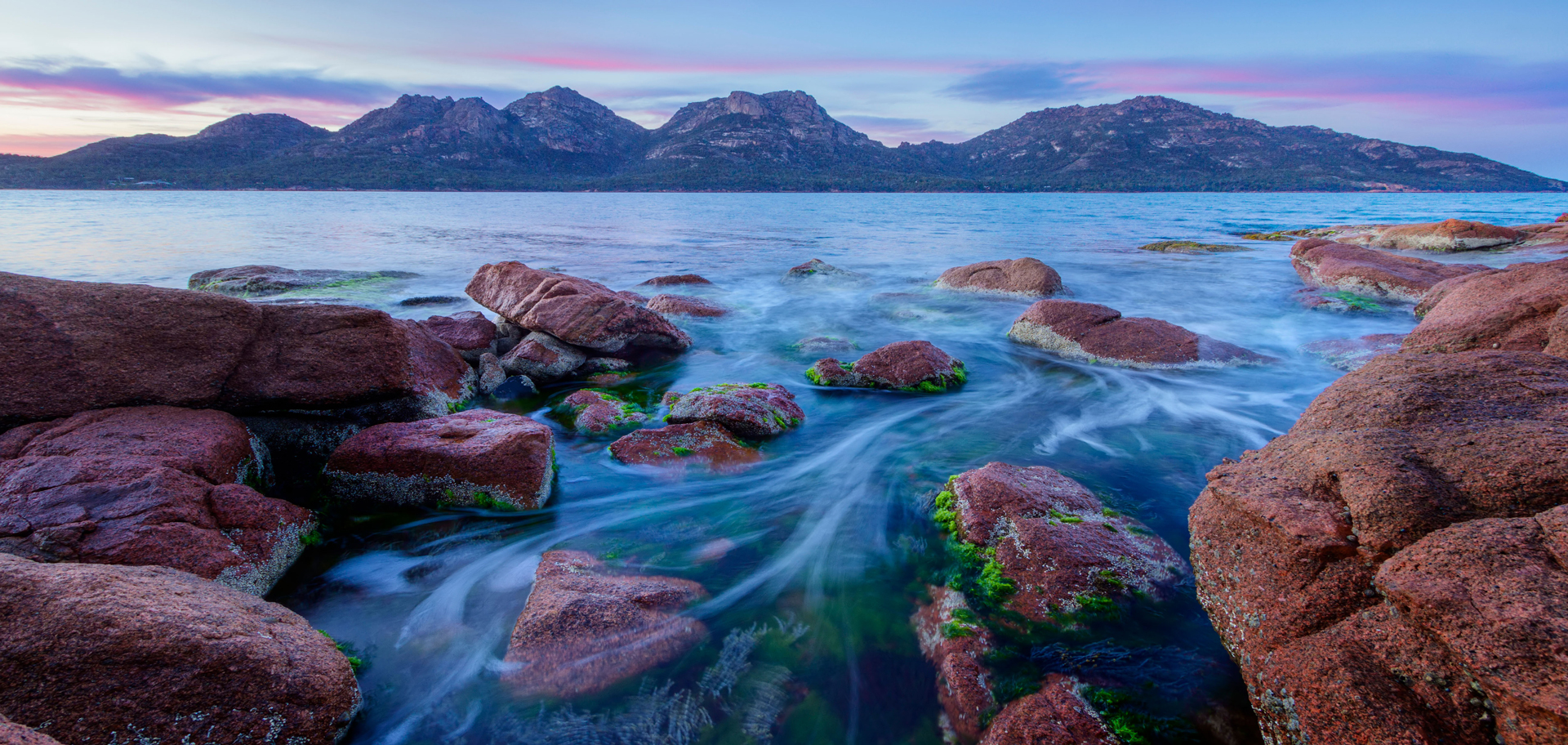
Tasmania is an island state of Australia, located about 150 miles south of the state of Victoria, from which it is separated by the shallow Bass Strait. Tasmania claims to have the cleanest air in the world, along with some of the planet’s best scenery and unique wildlife.
Humans are altering the diets of Tasmanian devils
Tasmanian devils are endemic to the island of Tasmania, an island state of Australia. In their homeland, they are the apex predators on land, feeding on whatever they please. But some of these marsupial scavengers could soon be starting to miss out on a few items from the menu.
According to a study led by the University of New South Wales in Sydney, Australia, living in human-modified landscapes could be narrowing the diets of Tasmanian devils. The research, published in the journal Scientific Reports in March 2023, suggests that the more their habitats are impacted by humans, the more restrictive the devils’ diets become.
For the study, the researchers investigated the diets of devil populations across habitats of differing levels of disturbance, from cleared pastures to undisturbed rain forests. They did this by analyzing chemical stamps called stable isotopes in whisker samples taken from Tasmanian devils in different environments. They found devils in human-impacted landscapes, such as cleared lands and regenerated native forests, fed on the same food items, primarily medium-sized mammals. That may be, speculate the scientists, because they’re turning to human-derived sources of food, such as highway road-killed animals, which are more readily available. Meanwhile, in environments like rain forests, devils ate a broader range of prey and incorporated smaller animals, such as birds, into their diets.

Tasmanian devils are the largest carnivorous marsupials in the world and only found in the wild in Tasmania. They are listed as endangered on the IUCN Red List of Threatened Species.
Interestingly, devils living in regenerated, native eucalyptus forests also ate a smaller variety of food items. Comparatively, their diets were closer to the devils in cleared agricultural lands than those from undisturbed forest regions. While these regenerated forests not logged for many decades may look like natural landscapes to us, the regenerated land doesn’t have the complex features—such as hollows in large, old trees—to support the diverse birdlife and the small mammals that the devils eat in the rain forest.
Tasmanian devils that all maintain the same diet run the risk of interacting more frequently around carcasses, which—in addition to the risk of being hit by cars while feeding—is of particular concern for spreading the highly contagious and fatal cancer devil facial tumor disease. The highest rate of cancer transmission other than during the mating season occurs when the animals are feeding around large carcasses. The disease has already reduced local devil populations by 82% and spread throughout most of Tasmania.
These findings, say the researchers, highlight the urgent need to protect what remains of untouched landscapes for both the devils and the species they eat. Soon, they hope to investigate the eating habits of devils in native grasslands to aid conservation efforts across more habitats. How we modify environments changes the animals within them, the scientists remind us, so we need to be mindful of the consequences of our actions.
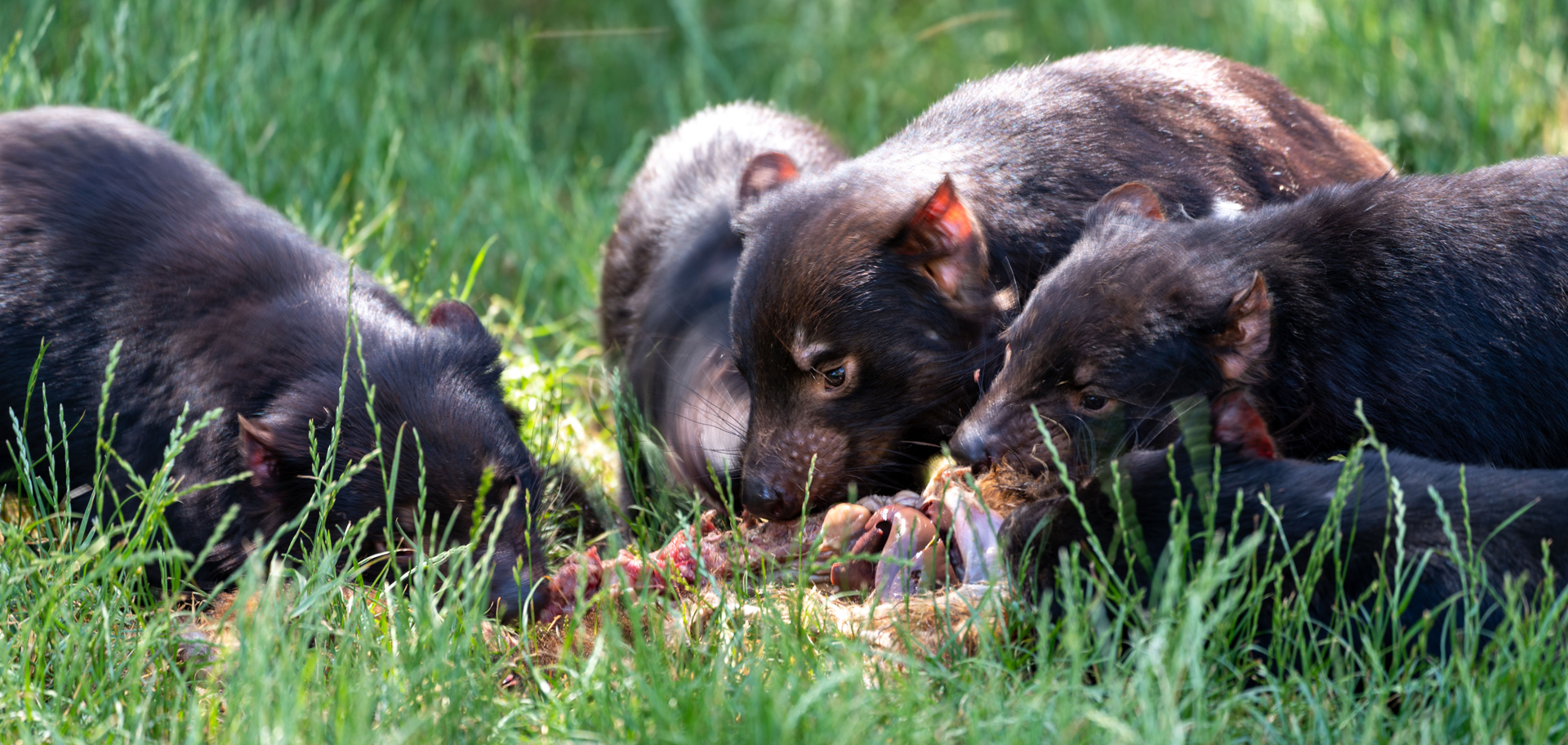
While Tasmanian devils are solitary by nature, they often come together to feed on carcasses. In addition to the risk of being hit by vehicles when feeding, there is the concern that a highly contagious and fatal cancer could spread.
Human are causing an insect to change colors
Scientists have long wondered whether humans are causing evolutionary changes in natural populations. They may have just gotten their answer. In October 2024 in the journal Science, New Zealand researchers at Dunedin’s University of Otago provided arguably the world’s most unequivocal case of animal evolution in response to changes made by humans: the stone fly has become a different color due to recent deforestation.
In natural forested regions, native animals sometimes evolve “warning colors” that mimic those of poisonous forest species to trick predators into thinking that they are deadly, too. But the removal of forests since humans arrived has also annihilated the poisonous species. As a result, in deforested regions, the mimicking species abandon this strategy—as there is nothing to imitate—and instead evolve into a different color.
The most well-known example of evolution caused by humans involved the peppered moth population in the United Kingdom, which changed color in response to industrial pollution in the 1800s. That case, however, is considered to be controversial; while in contrast, this new study provides proof of how humans have changed the way that native species interact.
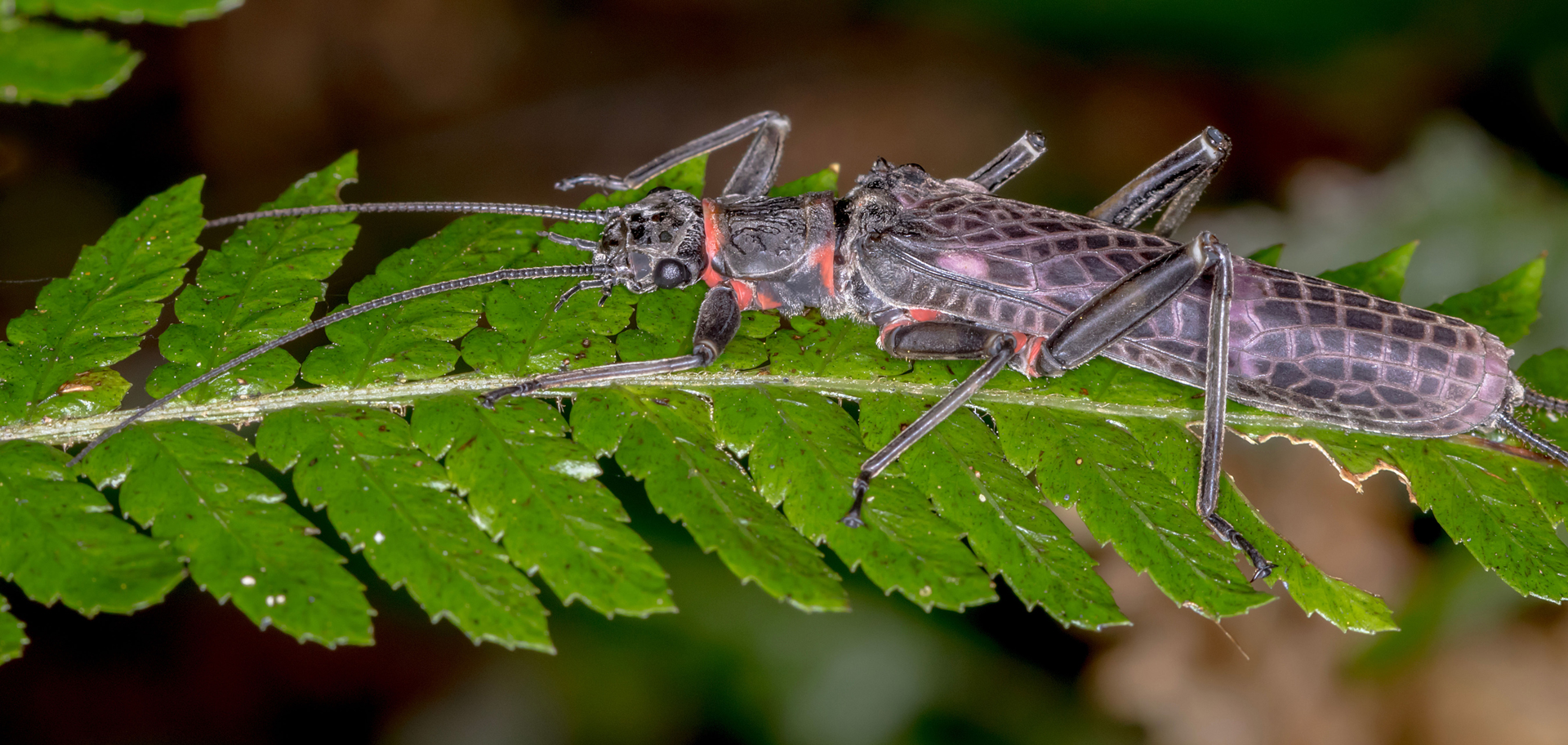
Stone flies are a diverse group of aquatic, soft-bodied insects, with most adults bearing two pairs of wings. In New Zealand, some populations are evolving to change color in response to deforestation.
The researchers state that they believe their study is important because it shows that, at least for some native species, there is the possibility of adapting to the environmental changes caused by humans, even when those changes are rapid.
Humans are making Salish Sea waters too noisy for resident orcas
The Salish Sea—the inland coastal waters of British Columbia and Washington state—is home to two unique populations of fish-eating orcas, the northern residents and the southern residents. Human activity over much of the 20th century, including reducing salmon runs and capturing orcas for entertainment purposes, decimated their numbers. This century, the northern resident population has steadily grown to more than 300 individuals, but the southern resident population has plateaued at around 75. They remain critically endangered.
Now, new research led by the National Oceanic and Atmospheric Administration (NOAA) and the University of Washington (UW) has revealed how underwater noise produced by humans may help to explain the southern residents’ plight. In a paper published in the journal Global Change Biology in September 2024, the NOAA and UW team reports that underwater noise pollution—from both large and small vessels—forces northern and southern resident orcas to expend more energy and time hunting for fish. The din also lowers the overall success of their hunting efforts. Noise from ships likely has an outsized impact on southern resident orca pods, which spend more time in parts of the Salish Sea with high ship traffic.
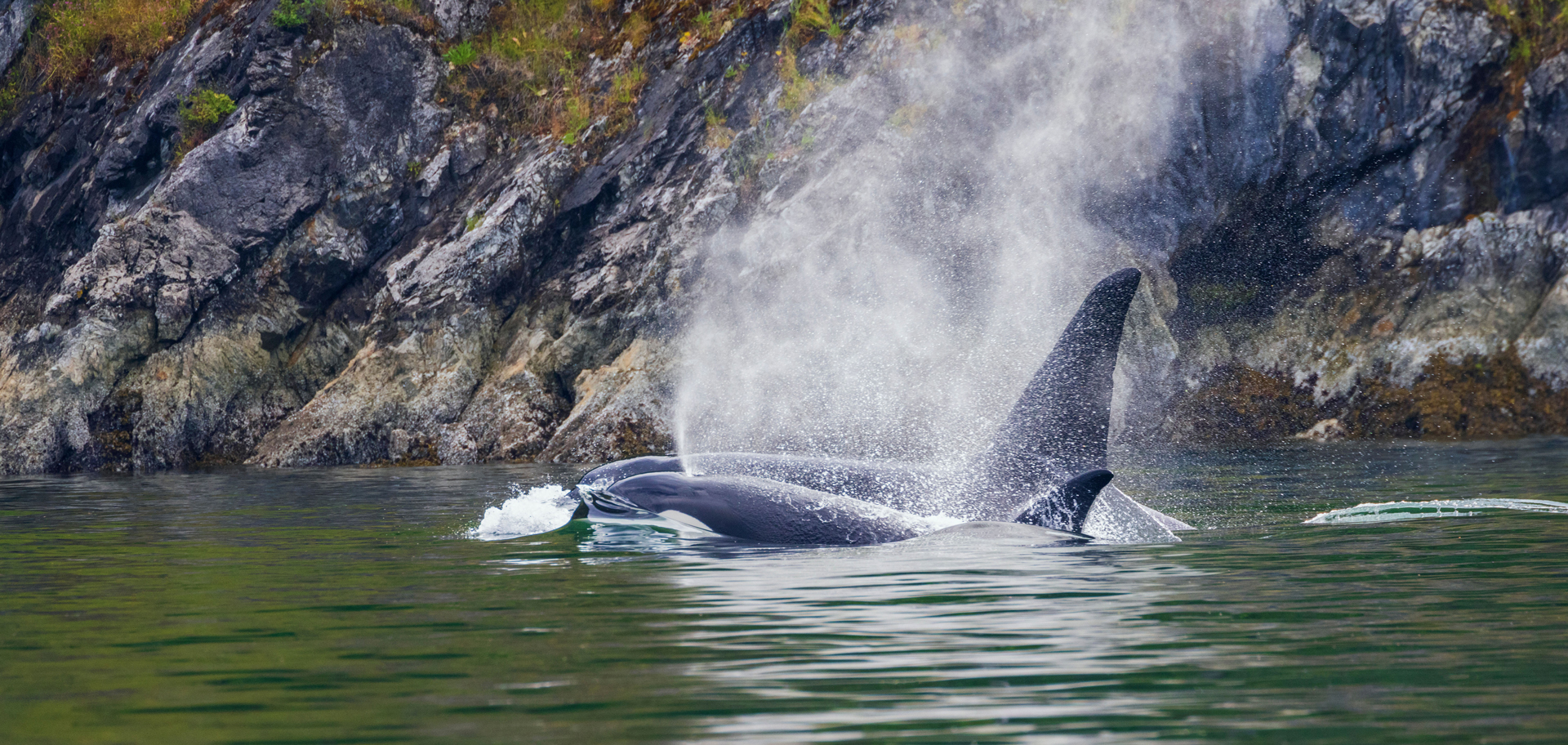
Northern and southern resident orcas search for food via echolocation. They transmit short clicks through the water that bounce off objects and return to them as echoes that encode information about the prey’s type, location and size.
Northern and southern resident orcas search for food via echolocation. They transmit short clicks through the water column that bounce off other objects. Those signals return to the orcas as echoes that encode information about the type of prey, its location and its size. The preferred prey is salmon; and if orcas detect it, they can initiate a complex, pursuit-and-capture process, which includes intensified echolocation and deep dives.
The team analyzed data from northern and southern resident orcas, whose movements were tracked using digital tags called “DTAGs.” The cell-phone-sized devices, which attach noninvasively just below an orca’s dorsal fin via suction cups, collect data on three-dimensional body movements, depth, position and other environmental information, including the sound levels at a whale’s location. Twenty-five DTAGs placed on northern and southern resident orcas for several hours on specific days from 2009 to 2014 were analyzed. DTAG data showed that vessel noise, particularly from boat propellers, raised the level of ambient noise in the water. The increased noise interfered with the orcas’ ability to hear and interpret information about prey conveyed via echolocation. For every additional decibel increase in noise levels around the orcas, the researchers observed:
• an increased chance of female and male orcas searching for prey;
• a lower chance of females pursuing prey; and
• a lower chance that both females and males would actually capture prey.
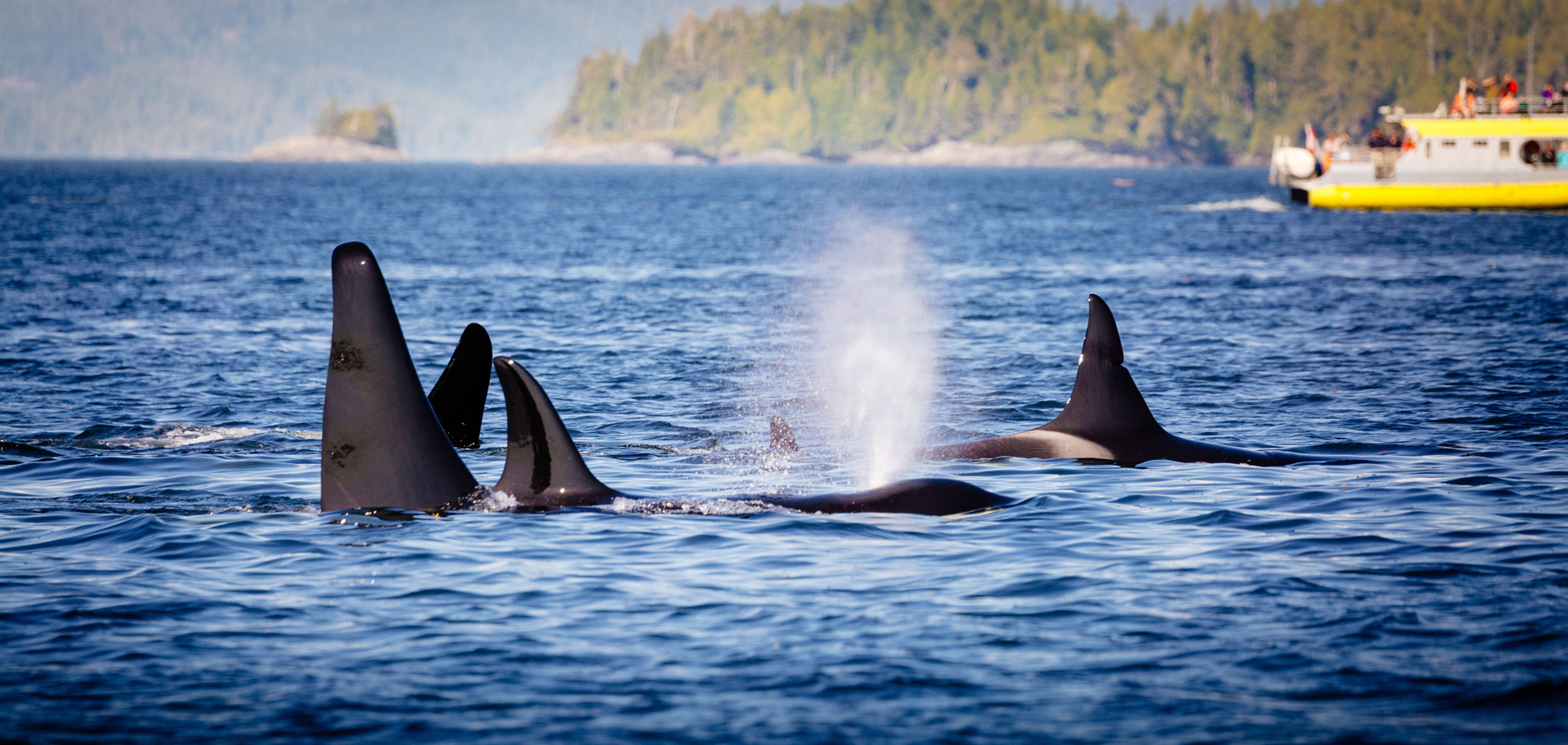
Noise from boats negatively affects the hunting behavior of northern and southern resident orcas. That partially explains why southern residents have not recovered.
The DTAGs also recorded “deep-dive” hunting attempts by the orcas. Out of 95 such attempts, most occurred in low or moderate noise. But six deep-hunting dives occurred in particularly loud settings, only one of which was successful. Noise also had a disproportionately negative impact on females, who were less likely to pursue prey that had been detected during noisy conditions. DTAG data did not indicate the reason, though potential explanations include a reluctance to leave vulnerable calves at the surface while engaging prey in long chases that may not be fruitful and the pressure for lactating females to conserve energy. Though southern resident orcas often share captured prey with one another, the impact of noise may contribute to nutritional stress among females, which previous research has linked to high rates of pregnancy failure among the southern residents.
Reducing vessel speeds leads to quieter waters for the marine mammals. Both sides of the U.S.–Canada border have voluntary speed-reduction programs for boats: the Echo Program, initiated in 2014 by the Vancouver Fraser Port Authority, and Quiet Sound, launched in 2021 for Washington state waters.
Humans don’t always have to be bad news for the more-than-humans
Reducing noise, however, is only one factor in saving southern resident orcas and helping northern residents continue to recover. When you factor in the complicated legacy we’ve created for the resident orcas—salmon habitat destruction, water pollution and the risk of ship collisions—adding in noise pollution just compounds a situation that is already dire. Sadly, so many stories of our footprints on the natural world unfold like this.
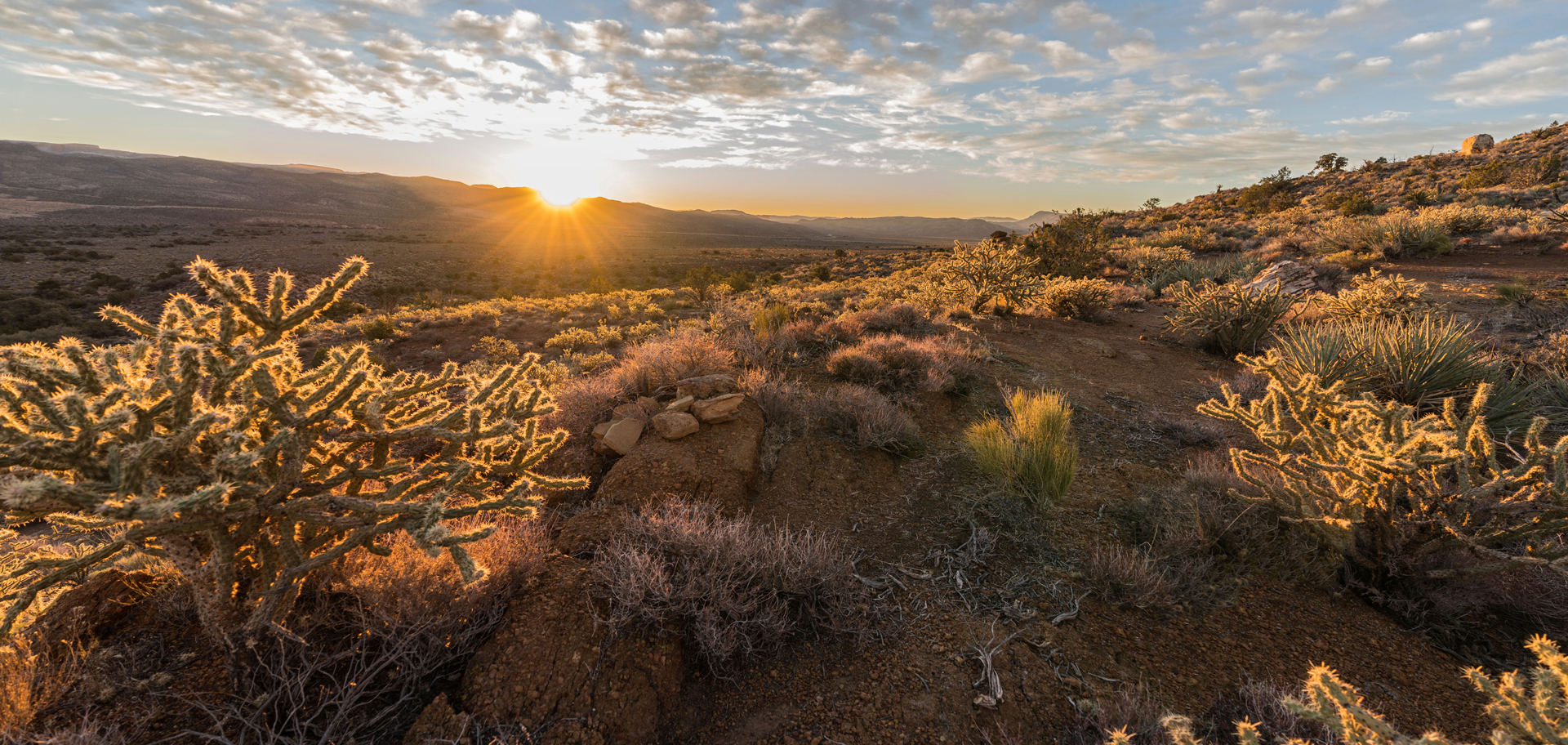
While humans often harm nature through habitat destruction and pollution, there are also many positive actions we take to contribute to environmental well-being. These include efforts such as reforestation, renewable energy adoption and protecting natural landscapes.
Those tales don’t all have to end on a down note, though. Positive human impacts on the natural world include using clean energy, protecting forests and nature preserves to maintain biodiversity, and reforestation.
I see hope in the knowledge that there’s a growing global awareness of the need for ecological balance due to the increasing recognition of the profound interconnectedness between healthy ecosystems and human well-being. We and the more-than-humans we share the planet with should change each other at the deepest levels. But those exchanges must benefit us both—and flow in each direction.
Here’s to finding your true places and natural habitats,
Candy
The post Our Impacts on the Natural World first appeared on Good Nature Travel Blog.